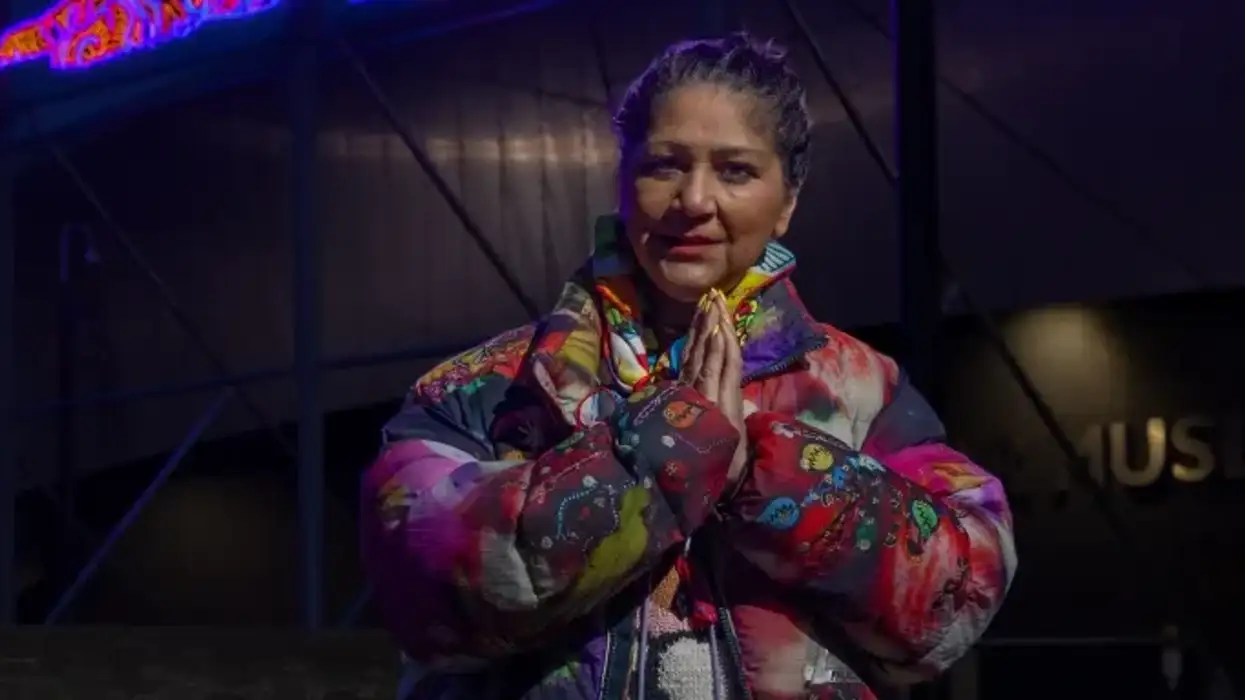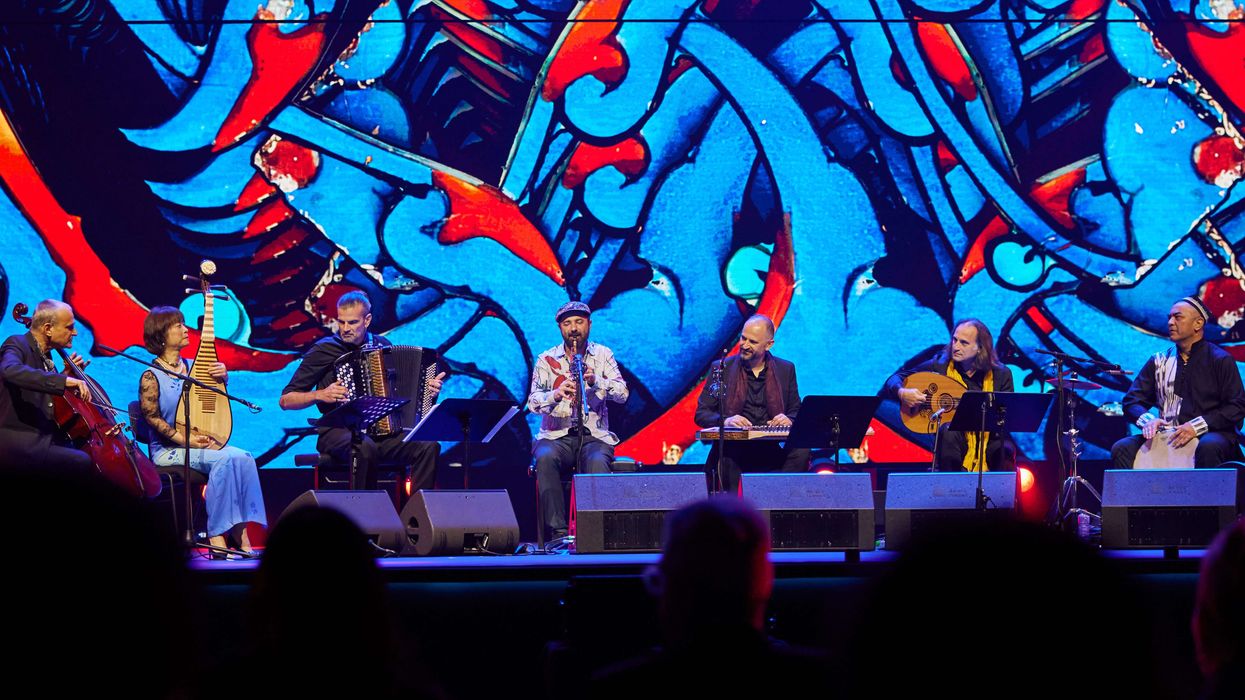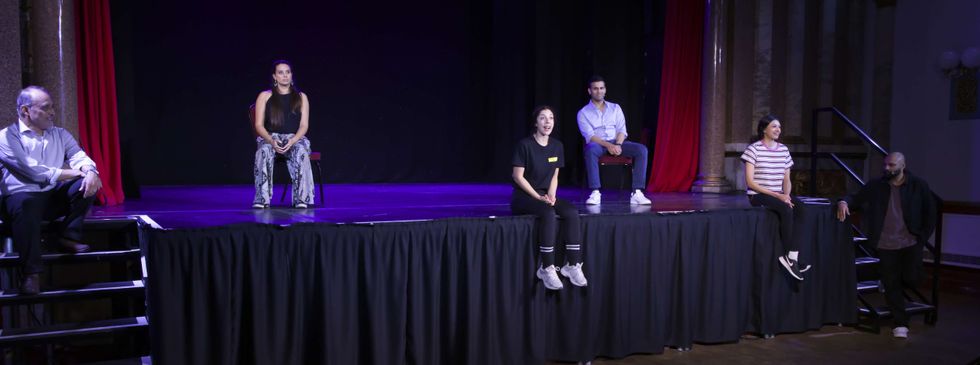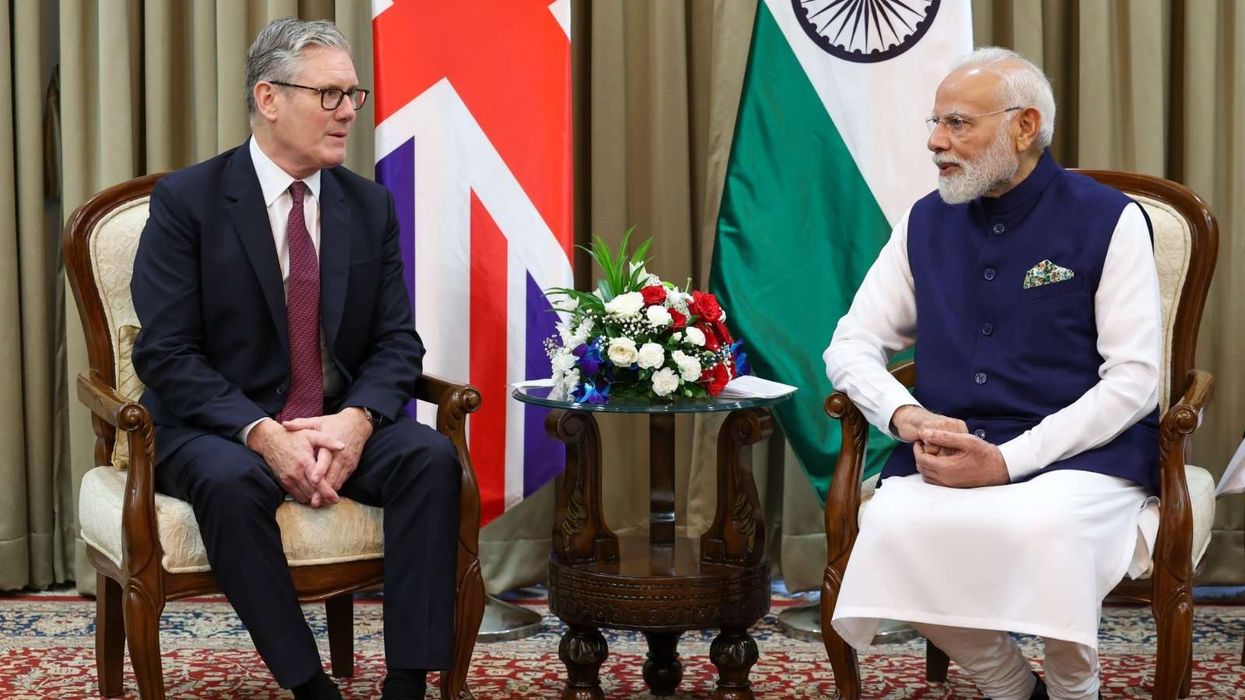Tate Liverpool will reopen in 2027 with the first major retrospective of artist Chila Kumari Singh Burman, one of the UK’s most prominent and influential contemporary artists. The announcement was made by Secretary of State for Culture Lisa Nandy during a reception held in Delhi on 3 May 2025.
Burman, a British-Indian artist renowned for her bold, vibrant, and politically engaged work, will be the focus of a landmark exhibition marking the gallery’s relaunch following a major transformation. The retrospective will span five decades of Burman's career and celebrate her unique artistic language, which fuses traditional and popular Indian culture, British heritage, and a personal exploration of identity.
The exhibition is being positioned as a significant cultural event, highlighting the diversity and creativity of artists from the North of England. Born in Bootle, Liverpool, to Punjabi parents, Burman describes herself as a “Punjabi Scouser” and has developed a distinctive visual style rooted in her working-class upbringing and dual heritage. Her work covers a wide range of media, including drawing, painting, printmaking, collage, photography, video, and neon installations.
Helen Legg, Director of Tate Liverpool, said: “Chila Kumari Singh Burman was always the artist we wanted to show on reopening, as part of a celebration of the rich culture of the North. She is renowned for creating irreverent pop and punk-inspired works in kaleidoscopic colour, infused with glitter and neon, that draw on aspects of Indian and British cultural heritage. Her works are just as striking for their subversive treatment of gender, class and identity.”
Culture Secretary Lisa Nandy described Burman’s work as a celebration of British diversity, saying: “The exhibition will honour one of Britain’s most innovative artists and marks an exciting new chapter for Tate Liverpool as it transforms into a modern day museum at the heart of the city.”
“Chila’s vibrant work celebrates the rich diversity of British identity. Her powerful artistic vision, spanning five decades and bringing together influences from her working-class Liverpool roots and Punjabi heritage, has already brightened our cities and lifted spirits during difficult times,” she added.
The upcoming retrospective will be curated by Leanne Green, Head of Exhibitions and Displays at Tate Liverpool, and Curator Tamar Hemmes. It is supported by the Bagri Foundation, which promotes artistic and educational projects relating to Asian cultures.
In response to the announcement, Burman said: “I’m made up to be coming back home to Liverpool with an exhibition that spans my whole career, from the River Mersey to the Land of the Five Rivers in Punjab. It is a real honour to be reopening the gallery and I hope the exhibition inspires a whole new generation of visitors.”
Burman’s work often explores themes of identity, feminism, and cultural heritage, weaving together personal history, social commentary, and artistic experimentation. Her visual language is known for its use of colour, text, and symbolism, often drawing on punk, reggae, Bollywood, and Bhangra influences.
One of her most acclaimed pieces, Remembering a Brave New World, was installed at Tate Britain in 2020. The neon and technicolour installation brought a message of hope and resilience during the height of the Covid-19 pandemic and became widely celebrated for its powerful visual impact.
Her other recent exhibitions include Chila Welcomes You (IWM North, 2025), Spectacular Diversions (Compton Verney, 2024), Illuminating India (Science Museum, 2017), and Beyond Pop (Wolverhampton Art Gallery, 2017). She has also completed several major public commissions, such as Liverpool Love of My Life, which adorned Liverpool Town Hall; Blackpool Light of My Life at the Grundy Art Gallery; and Do You See Words in Rainbows? in Covent Garden, all in 2021.
A neon tiger sculpture, a signature element in Burman’s work, will soon be on display at India House in London at the invitation of Indian High Commissioner to the UK, His Excellency Vikram Doraiswami.
Tate Liverpool’s transformation aims to deliver a 21st-century museum experience. The refurbished space will feature a new ground-floor art hall, expanded public areas for play, relaxation and learning, and panoramic views across the River Mersey. The reopening in 2027 is expected to reaffirm Tate Liverpool’s place as a cultural hub in the North and showcase the breadth and diversity of the Tate collection alongside world-class exhibitions.
Further details on additional exhibitions and programming for Tate Liverpool’s reopening will be announced in the coming months.







 The play is written by Tarun Jasani and directed by Mukul AhmedMGT
The play is written by Tarun Jasani and directed by Mukul AhmedMGT





